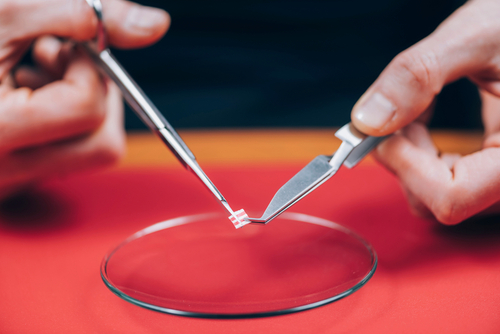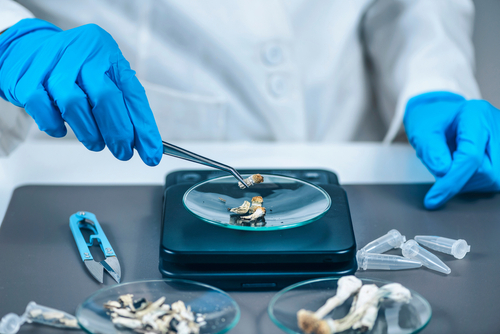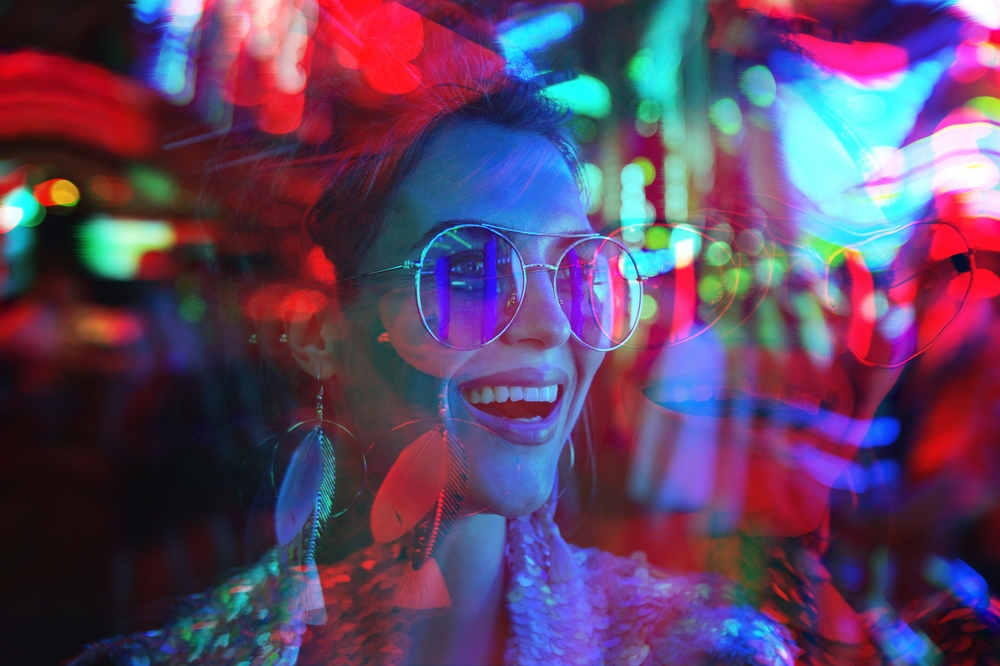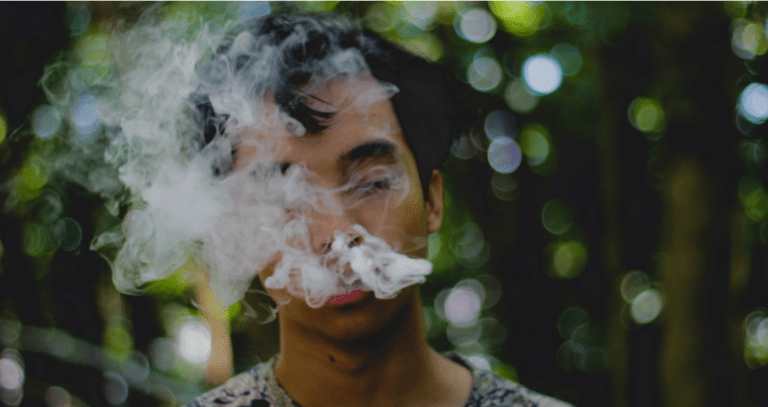LSD Vs. Shrooms: Which Is More Addictive Or Dangerous?
When comparing LSD vs shrooms you’ll find the two of the most commonly used hallucinogens in the United States and beyond, with an estimated 20 million people using LSD and 30 million using magic shrooms. With more states and cities decriminalizing psilocybin and the rise of FDA-approved clinical trials, individuals are wondering if these substances are truly safe or if they’re addictive.
This brief article breaks down the differences between LSD and shrooms, which is more addictive, their side effects, and other dangerous hallucinogens you should know about.
What Is LSD?
LSD (lysergic acid diethylamide), also known as acid or tabs, is a manufactured psychedelic derived from ergot, a fungus that grows on rye, wheat, and other related grains. LSD is usually produced as a liquid and dropped onto gelatin sheets, pieces of blotting paper, and sugar cubes and is commonly found at music festivals, raves, clubs, and parties. But it’s also used in quieter settings, where someone who’s never tried LSD has a “trip sitter” (someone with prior LSD experience) to observe and accompany them on their first try.
- Psychoactive effects: When taken in small doses, LSD can alter an individual’s perception of time, sense of self, thought, and mood. Larger doses can produce more intense psychoactive effects, such as visual, auditory, and tactile (physical) hallucinations and delusions.
- Appearance: In its pure crystalline state, LSD is usually white and odorless. Illegal manufacturers usually place LSD on tablets resembling stamps with cartoons or digital designs to appeal to more people.
- Other names: Other names for LSD include: Acid, stamp, Lucy, purple heart, sunshine, tabs, battery acid, and microdots.

What Are Shrooms?
Shrooms, also called magic mushrooms, are wild mushrooms containing psilocybin (Psilocybin 4-phosphoryloxy-N, N-dimethyltryptamine) and trace amounts of psilocyn, two psychoactive substances that activate serotonin receptors in the brain. These chemicals are found in approximately 190 edible mushrooms throughout South and North America and Australia. Even though some cultures have used certain mushrooms for their mind-altering effects for a long time, psilocybin wasn’t isolated until 1938 by Dr. Albert Hofmann, who also found LSD.
- Psychoactive effects: When taken, these mushrooms can cause hallucinations—where you might hear, feel, or see things that seem real but aren’t. Although shrooms are sought after for their calming effects, they can also lead to unpleasant experiences. Some users encounter anxiety, scary hallucinations, paranoia, and confusion. These unsettling episodes are called “bad trips” and are hard to predict.
- Appearance: Magic mushrooms appear quite similar to regular mushrooms. There are various kinds of magic mushrooms. Mushrooms containing psilocybin in Australia are known as golden tops, blue meanies, and liberty caps because of their appearance, which can sometimes look like toxic wild mushrooms. These mushrooms are also sold in capsules containing dried mushroom powder, and synthetic versions are sold in crystallized powder.
- Other names: Other names for shrooms include: bloomers, musk, boomers, magic mushrooms, Mexican mushrooms, and mush.
Read more: Can You Smoke Shrooms? What You Should Know

LSD vs Shrooms Which Is More Addictive?
Neither shrooms nor LSD have been known to cause a strong physical addiction or a lasting need for the drug. In other words, the brain won’t become physically dependent on hallucinogens to function. However, their mind-altering effects and sense of euphoria can convince people to use them to routinely escape reality, leading to abuse.
Both substances have been used and combined with other drugs, such as cannabis and alcohol, and hallucinogens have been frequently found in polysubstance abuse cases. Individuals can sometimes develop a tolerance to LSD and psilocybin, requiring them to take more of the drug to feel the same effects. This cycle of use and abuse can severely affect your physical and psychological health.
Similar Side Effects Of LSD vs Shrooms
Both substances take around 1 hour to start working when you haven’t eaten, but eating before taking them can make this take longer. The effects of mushrooms usually end after about 6 hours, while an LSD trip can last 10 hours. Even though they start and last differently, both LSD and mushroom trips can cause similar effects:
- Time and space seem strange
- Seeing and hearing things that aren’t real
- Feeling like solid things are melting or still things are moving
- Senses of taste, touch, and smell changing
- Feeling more connected to others and open to new ideas
- Having spiritual experiences
- Feeling excited
- Thinking people are out to get you (paranoia)
- Feeling anxious
- Being scared of dying
- Heart beating fast
- Blood pressure going up
- Pupils getting bigger
- Sweating, feeling numb, and shaking
Read more: Can You Trip On Weed? Signs, Symptoms, & Causes

What Happens If You Mix LSD & Shrooms?
Mixing LSD and shrooms has a higher chance of causing individuals to develop serotonin syndrome. If you’re on medications like St. John’s wort, SSRIs, MAOIs, or other antidepressants, mixing LSD or mushrooms can lead to excessive serotonin in your body, which can cause confusion, disorientation, irritability, anxiety, muscle problems, tremors, and dilated pupils.
Even though some people stop taking these medications before consuming LSD or shrooms, it’s not recommended. The best choice is to avoid both LSD and magic mushrooms if you’re on any of these medications.
Other Dangerous Hallucinogens
There are several other dangerous hallucinogenic substances besides LSD and magic mushrooms (shrooms). Some of these include:
- DMT (Dimethyltryptamine): DMT is a powerful hallucinogen found in certain plants and can also be synthetically produced. It is known for its intense, short-lasting psychedelic experiences. Ayahuasca, a brew used in shamanic rituals, contains DMT.
- PCP (Phencyclidine): PCP is a dissociative hallucinogen that can cause distorted perceptions, confusion, aggression, and even psychotic behavior. It can lead to unpredictable and dangerous reactions.
- Salvia divinorum: This plant contains salvinorin A, a potent hallucinogen. It can cause intense but short-lived experiences, often involving altered perceptions of reality and vivid hallucinations.
- Ketamine: Ketamine is used medically as an anesthetic but also recreationally as a dissociative hallucinogen. It can lead to profound sensory distortions and feeling disconnected from one’s body.
- N-Bomb (NBOMe compounds): NBOMe compounds are synthetic hallucinogens similar in structure to LSD. They are often sold as counterfeit LSD and can lead to dangerous and unpredictable effects, including seizures and even death in some cases.
- 2C family (2C-E, 2C-B, etc.): These are synthetic hallucinogens chemically similar to mescaline. They can cause intense psychedelic experiences and negatively affect the cardiovascular system and mental health.
- DXM (Dextromethorphan): DXM is found in cough medicines, and when taken in large doses, it can cause dissociative and hallucinogenic effects. Misusing DXM can be dangerous and lead to serious health risks.
- DOx compounds: These are synthetic hallucinogens that can last for a long time, often 12 hours or more. They can have stimulating effects, leading to increased heart rate, high blood pressure, and potential health risks.
Contact Oasis Recovery Center
If you or someone you know is abusing LSD, shrooms, or a combination of psychoactive substances, there’s a chance they have hallucinogen use disorder. If you’re interested in professional treatment options, contact Oasis Recovery Center. Our Asheville, NC, location is the perfect place to dive into the causes of hallucinogen abuse, including traumatic memories, underlying mental health disorders, and family dynamics. Call us today, and one of our admissions agents can explain how our programs work, the insurance we accept, and our treatment options.









